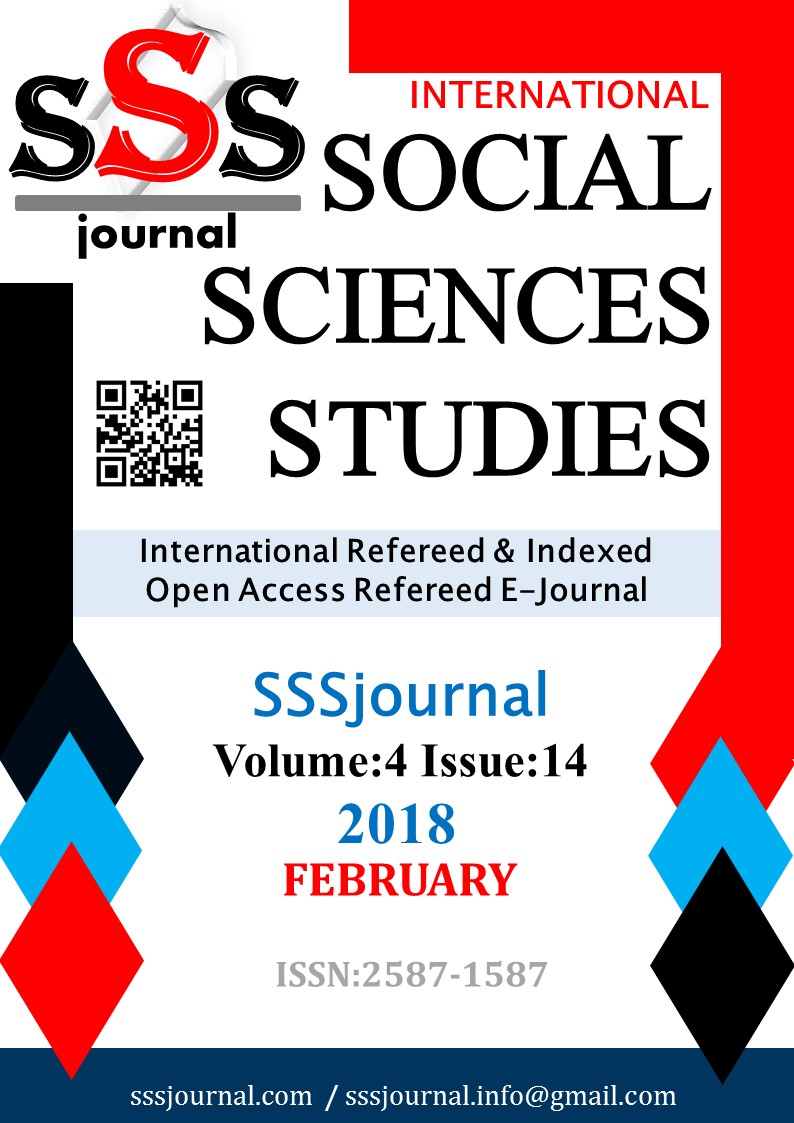Author :
Abstract
Olasılık integrali, integral ile tanımlanan fonksiyon anlamındadır. Argümanının reel değerler olması durumunda, reel ve monoton artan bir fonksiyondur. Olasılık integrali ile matematiksel istatistik, ısı iletimi teorisi ve matematiksel fiziğin çeşitli dalları gibi uygulamalı matematiğin birçok dalında karşılaşılır. ?(x) ile gösterilen olasılık integralinde, x değişkeni reel ya da kompleks olabilir. Bu çalışmada x değişkeni reel değişken olarak kullanılmıştır. Olasılık integrali ve hata fonksiyonu birbiriyle ilişkisi olan fonksiyonlardır. Söz konusu ilişki çalışmanın ikinci kısımda açıklanmıştır. Yine çalışmanın ikinci kısımda normal dağılım ve olasılık integrali kullanılarak olası hata değerinin yaklaşık olarak nasıl hesaplandığı gösterilmiştir. Çalışmanın üçüncü kısmında da Laplace dönüşümü açıklanmıştır. Çalışmanın dördüncü kısmında başlangıç sıcaklığının sıfır olduğu kabul edilerek, x-ekseni boyunca sonsuza uzanan yarı sonsuz yalıtımlı bir çubuk için ısı iletim denkleminin çözümü Laplace dönüşümü kullanılarak yapılmış ve çözüm fonksiyonu, olasılık integralinin tümleyeni formunda elde edilmiştir. Son olarak, dördüncü kısımda elde edilen çözüm fonksiyonundan yararlanılarak sıcaklık dağılımını veren bir olasılık yoğunluk fonksiyonu elde edilmiştir.
Keywords
Abstract
The probability integral is meant the function defined by the integral. For real values its argument, it is a real monotonically increasing function. The probability integral is encountered in many branches of applied mathematics, e.g, mathematical statistic, the theory of heat conduction and various branches of mathematical physics. In the probability integral represented by ?(x), the x variable can be real or complex. In this work, x variables are used as real variable. The probability integral and the error function are related functions to each other. The relationship is explained in second part. Also in the second part, it is explained that, using the normal distribution and probability integral than how the probable error value is approximately calculation is shown. In the third part of the work, Laplace transformation is explained. In the fifth part of the work, assuming that the initial temperature is zero and for a semi-infinitely insulated rod that extends infinitely along the x-axis, the solution of the heat transfer equation is made by using Laplace transform, and the solution function is obtained in the form of a complement of the probability integral. Finally, by using the solution function obtained in the fourth part, a probability density function which gives the temperature distribution is obtained.
Keywords
- Alekseevna, T.Y.; Vladimirovna, N.S. & Rifgatovich, S.A. (2017). "Calculation of the Probability Integral
- Alekseevna, T.Y.; Vladimirovna, N.S. & Rifgatovich, S.A. (2017). "Calculation of the Probability IntegralIndicator of the Level of Air Pollution", Environmental Engineering 10th International Conference, 27–28 April 2017, (Cygas, D. & Vaiskunaite, R), Vilnius Gediminas Technical University, Vilnius, Lithuania.
- Kreyzsig, E. (2011). Advanced Engineering Mathematics, John Wiley&Sons Inc., New York.
- Lebedev, N.N. (1972). Special Functions and Their Applications, Dover Publications Inc., New York.
- Li, S. & Cao, B. (2016). "Generalized Variational Principles for Heat Conduction Models Based on Laplace Transforms", International Journal of Heat and Mass Transfer, 103:1176–1180.
- Meilanov, R.P.; Shabanova, M.R. & Akhmedov, E.N. (2015). "Some Peculiarities of the Solution of the Heat Conduction Equation in Fractional Calculus", Chaos, Solitons & Fractals, 75: 29–33.
- Miller, I. & Miller, M. (1999). John E. Fround’s Mathematical Statistics. Prentice Hall Inc., New Jersey.
- Montgomery, D.C. & Runger, G.C. (2014). Applied Statistics and Probability For Engineers, John Wiley&Sons Inc., New York.
- Nagle, R.K.; Saff, E.B. & Snider, A.D. (2012). Fundamentals of Differential Equations and Boundary Value Problems, Pearson Education, Inc., New York.
- Stuart, A. & Ord, J.K. (1987). Advanced Theory of Statistics. Vol:1 Charles Griffin, London.





